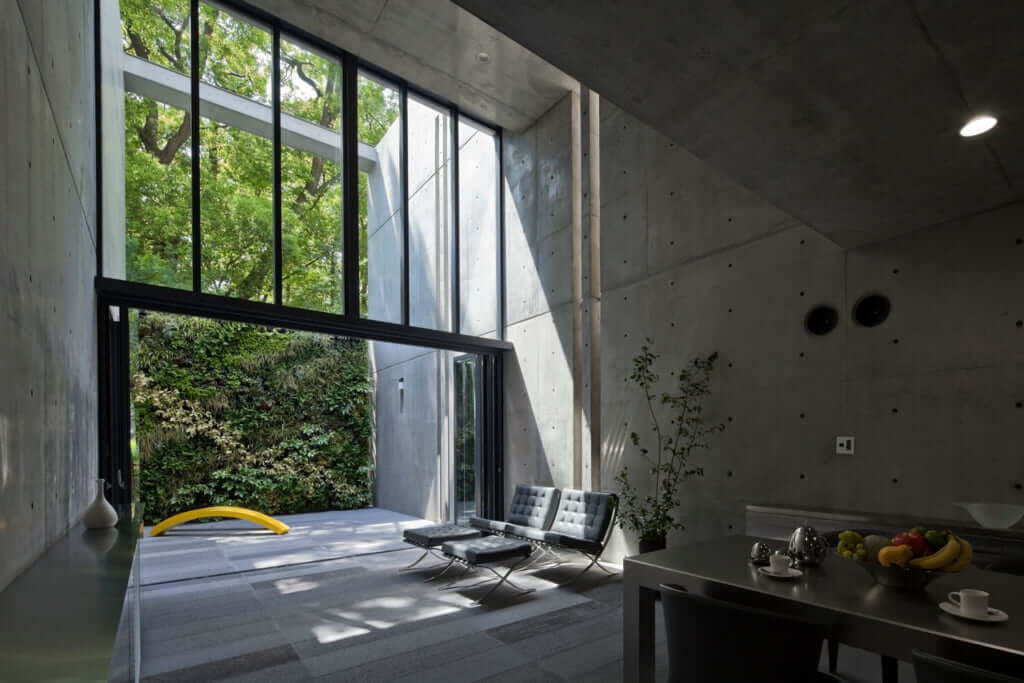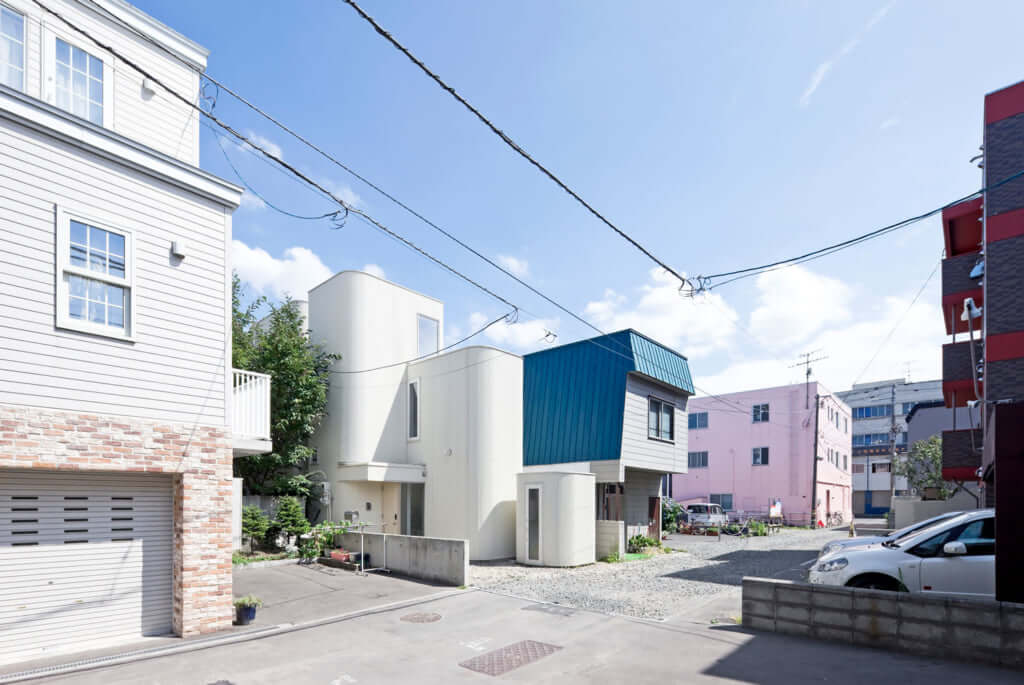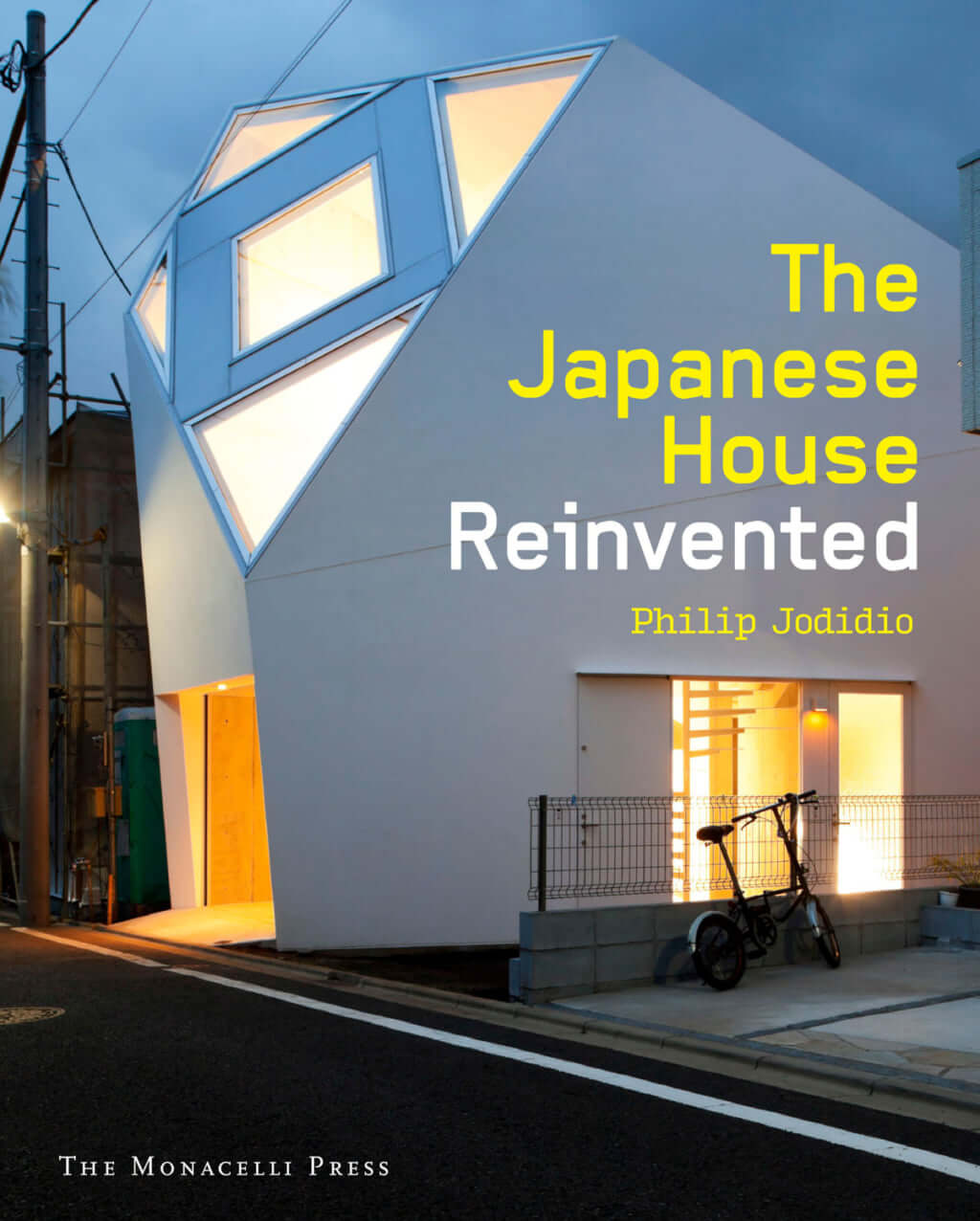The Modern Japanese Home, Withstanding Environmental Conditions
The ingenuity of architects in solving the country's climate- and crowding-related challenges is revealed in ‘The Japanese House Reinvented.’

House in Utsubo Park, Tadao Ando Architect & Assoc. © 2014 Shigeo Ogawa
Faced with crowded urban areas and the constant threat of earthquakes, Japanese architects have to consider extreme environmental factors when designing new buildings. These challenges encourage them to innovate tirelessly and to reinvent: this is the subject of the book The Japanese House Reinvented by Philip Jodidio, published in 2015.
The attention paid to materials, technologies, and the various ways of lighting the space as naturally as possible (while preserving privacy) are reflective of the new ways of designing living spaces—more resilient and more respectful of nature, in harmony with the exterior. This contemporary Japanese architecture acts as a model worldwide, particularly since Kenzo Tange received the prestigious Pritzker Prize in 1987.
The Japanese House Reinvented (2015), a book by Philip Jodidio, is published by Monacelli Press.

Tokyo House, A.L.X. Architect © 2014 Koichi Torimura

House of Density, Jun Igarashi Architects © 2014 Sergio Pirrone

Image courtesy of The Monacelli Press
TRENDING
-
A House from the Taisho Era Reveals Its Secrets
While visiting an abandoned building, Hamish Campbell discovered photographs the owner had taken of the place in the 1920s.

-
The Taboo-Breaking Erotica of Toshio Saeki
The master of the 1970s Japanese avant-garde reimagined his most iconic artworks for a limited box set with silkscreen artist Fumie Taniyama.

-
With Meisa Fujishiro, Tokyo's Nudes Stand Tall
In the series 'Sketches of Tokyo', the photographer revisits the genre by bringing it face to face with the capital's architecture.

-
Masahisa Fukase's Family Portraits
In his series ‘Family’, the photographer compiles surprising photos in which he questions death, the inescapable.

-
Hajime Sorayama's Futuristic Eroticism
The illustrator is the pioneer for a form of hyperrealism that combines sensuality and technology and depicts sexualised robots.





